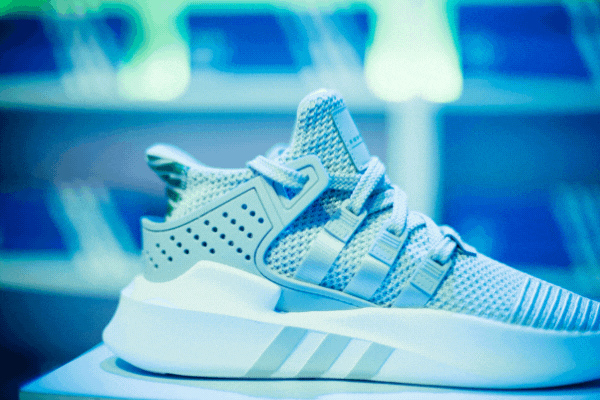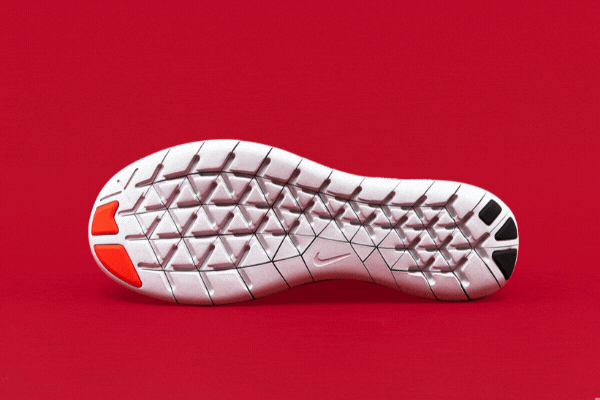[wdm_vimeo_gform_overlay]
It’s very important to know sneaker history. There are so many rich stories found within sneaker culture. Once, the most popular sneaker on the basketball court was the Chuck Taylor, and skaters regularly hit the ramps in Air Jordan 1’s.
Stories like these have shaped all the classic, iconic, beloved styles of sneakers into what they have become today. In essence, the history of the sneaker industry memorialized them, and the stories passed down illustrate why the culture surrounding sneakers is such a big deal. Sneaker Essentials contributor, Joe La Puma from Complex Media, talks about sneaker history and its overall importance to modern sneaker culture.
Watch the video to learn about:
- the importance of learning sneaker history
- how to offer a consumer a brand-new sneaker
- how sneakers have evolved during time
- why the performance sneaker was created
The Impact of Sneaker History on Modern Design
The primary reason you need to obtain an online sneaker education relates to trends. The fashion industry tends to repeat itself about every 15 to 20 years. In the case of athletic footwear, those cycles are even shorter. To be innovative in sneaker design and development, you have to know what happened previously. Otherwise, you’re not going to be able to understand how to take one concept and develop it into something else that is exciting, fresh, and different. If you don’t understand the origin, you won’t understand how to design cutting-edge concepts.

For example, suppose you were to take a basic sneaker with a canvas upper and a rubber bottom and redesign or repurpose it. In that case, you might utilize a different technology for the outsole and the midsole. Then, you could pass it off as something modern. You would essentially be offering the consumer a product they would perceive as brand-new. You would have conceptualized or reimagined the sneaker so that it is now something different. For a younger generation that has never even seen the original, it’s innovative, new, and exciting. That’s what educating yourself on sneaker history will teach you.
How Sneakers Have Evolved Over Time
If you had access to a time machine and you could take it back to the origins of human history, you’d see the earliest types of shoes — the very beginnings of the creation of footwear. Naturally, the cave dwellers started barefoot. Walking on rocks and all sorts of debris on your bare feet was not exactly the most comfortable way to get around. They thought about it and bound their feet in furs for some relief.
At some point, it was raining, and they wanted to run after an animal. So, one of them had the bright idea of attaching elements like bark to the bottom of their feet. Then, they would then wrap their feet in fur again. That was the beginning of the first functional athletic shoe. However primitive, it was the first step toward developing the modern-day sneaker.

Throughout every era, those developments went on from Greek to Roman to medieval times. People would engage in some activity and realize they needed more traction to sustain themselves. Whether they were playing some sport, climbing a mountain, running across snow, or dealing with inclement weather, they were always looking for some device to add to their shoes to make them more comfortable and functional. However, it wasn’t until the beginning of the 1900s that manufacturers took the notions of creativity and functionality and combined them into something that would be wearable and practical and fun, and exciting.
Cultures and peoples worldwide developed different methodologies at different times and in different ways. It was about protection. It was about performance and developing more skills to hunt, gather, and do everything you needed to stay alive. If your feet were protected, you could hit more terrain.
The Performance Shoe, Born of Necessity
You could go back a quarter of a million years seeking the origin of the performance business. Fast-forward to ancient Rome. Roman soldiers marched in warm climates in southern Europe and cold temperatures in northern Europe on all different surfaces. Perhaps it was the first time the basic leather sandal needed innovation to become the performance shoe for the military.

As a result, the sandal was adapted in many ways. Soldiers put studs called caligae on the bottom of their sandals. In the film “Caligula,” the Roman soldiers wore these. The men studded their sandals with little iron pieces much the same way you might stud a tire for traction in the winter. Performance shoes were born, not necessarily for the Olympics or for running a marathon or shooting some hoops, but for marching over many different types of rough terrain.
For more information on the sneaker industry and possible career paths, download Yellowbrick’s Ultimate Sneaker Career Guide.




